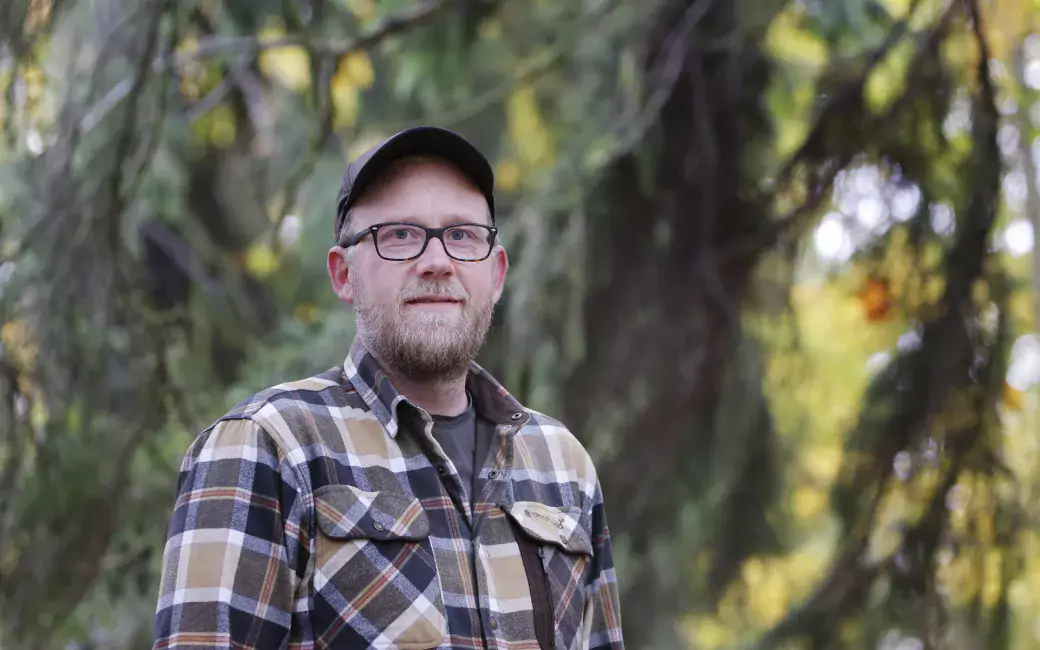Professor Mikko Sipilä conducts aerosol research in the Arctic region and heads the Värriö Subarctic Research Station in Salla, Lapland.

What are your research topics?
There are small aerosol particles hovering throughout the atmosphere. They are generated by emissions originating in both human activity and nature. Personally, I mainly investigate the phenomena and chains of events through which these particles, invisible to the naked eye, are formed from the gases released by terrestrial and marine ecosystems. I conduct research primary in the Arctic and Antarctic regions as well as in the boreal, or northern forest zone.
I work as director of the Värriö Subarctic Research Station and study, in addition to particles, the environment and environmental changes broadly in northern Finland.
Where and how does the topic of your research have an impact?
Clouds are composed of small droplets, each of them forming on the surface of a small aerosol particle in the air. These small particles determine the properties of clouds, such as how well clouds reflect solar radiation and when they fall down as rain. Consequently, particles affect the weather and climate by way of clouds.
Emissions from human activity, most importantly sulphur dioxide, alter natural aerosol particle concentrations and, eventually, the climate through clouds. This aerosol effect is the single greatest uncertainty factor in climate change forecasts. Our understanding of the climate system and the future of the climate can be significantly enhanced by investigating the formation mechanisms of aerosol particles.
What is particularly inspiring in your field right now?
The Arctic region is warming at a dizzying rate, on average four times faster than the global average. Rising temperatures and the related melting of sea ice will reshape ecosystems on land and at sea, and, consequently, the natural production of aerosols. This, in turn, will result in changes in cloudiness and the properties of clouds. However, no one knows for certain how things will change. There's a lot to find out!
Mikko Sipilä is Professor of Experimental Aerosol Physics at the Faculty of Science.






